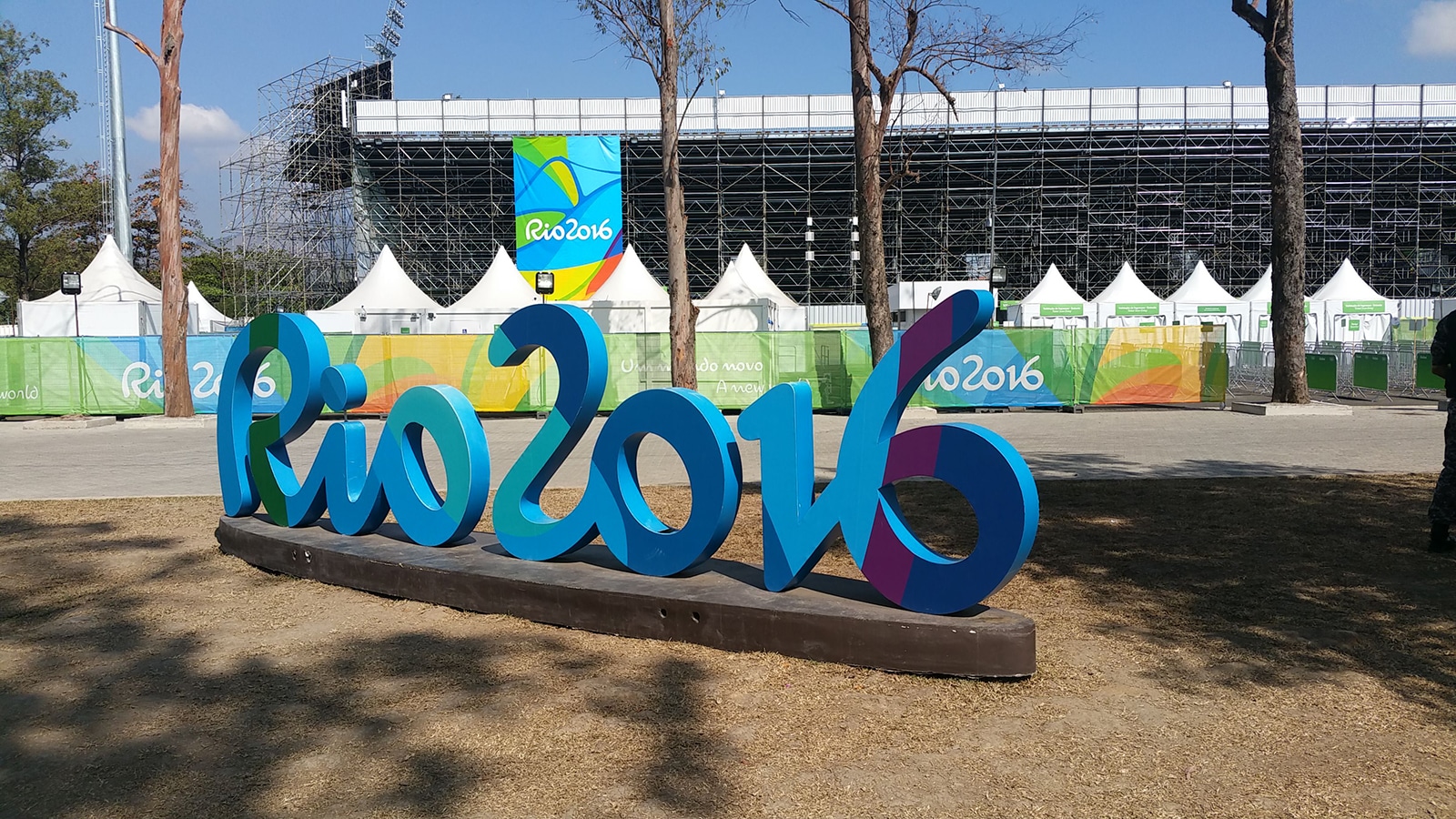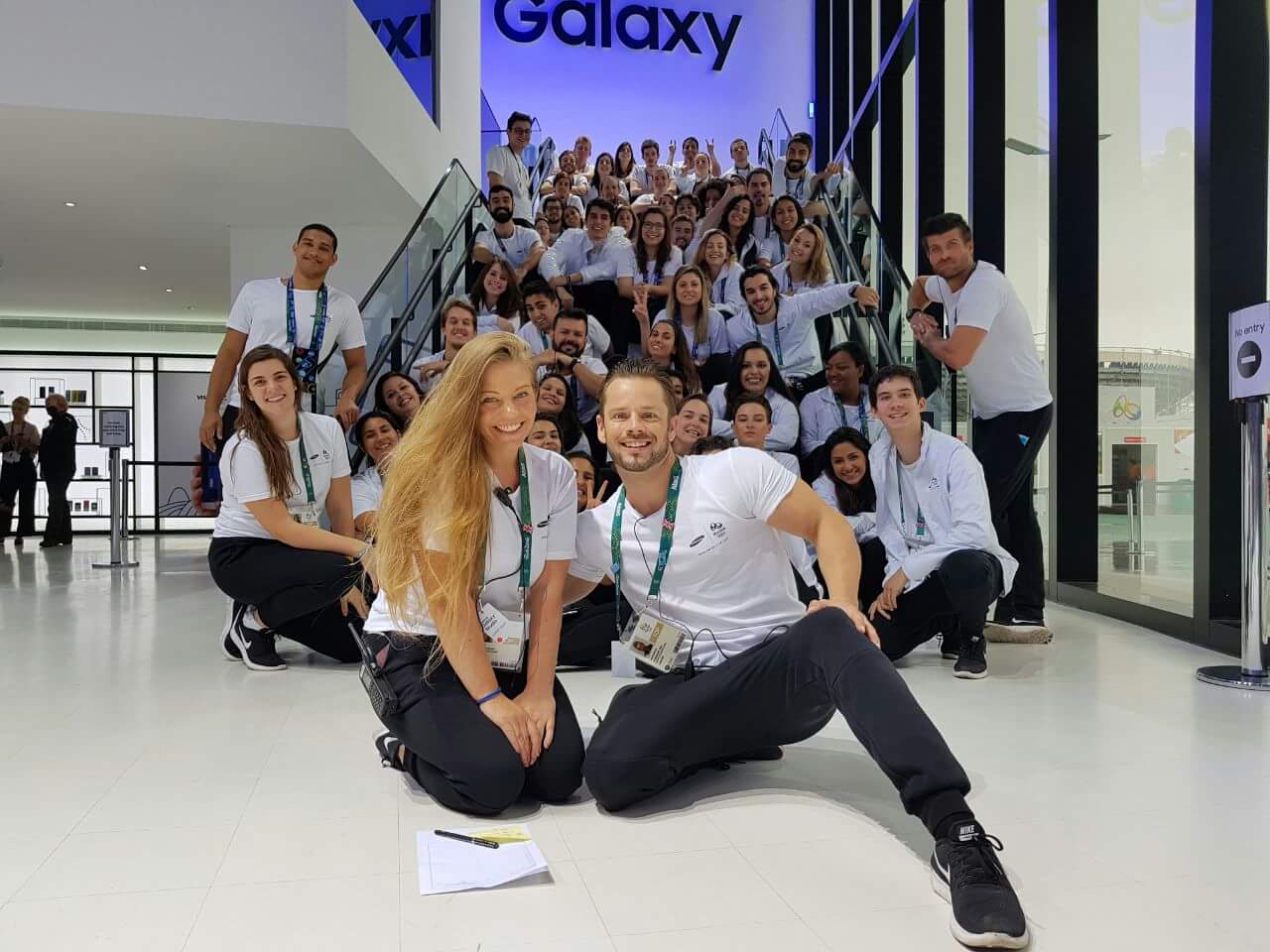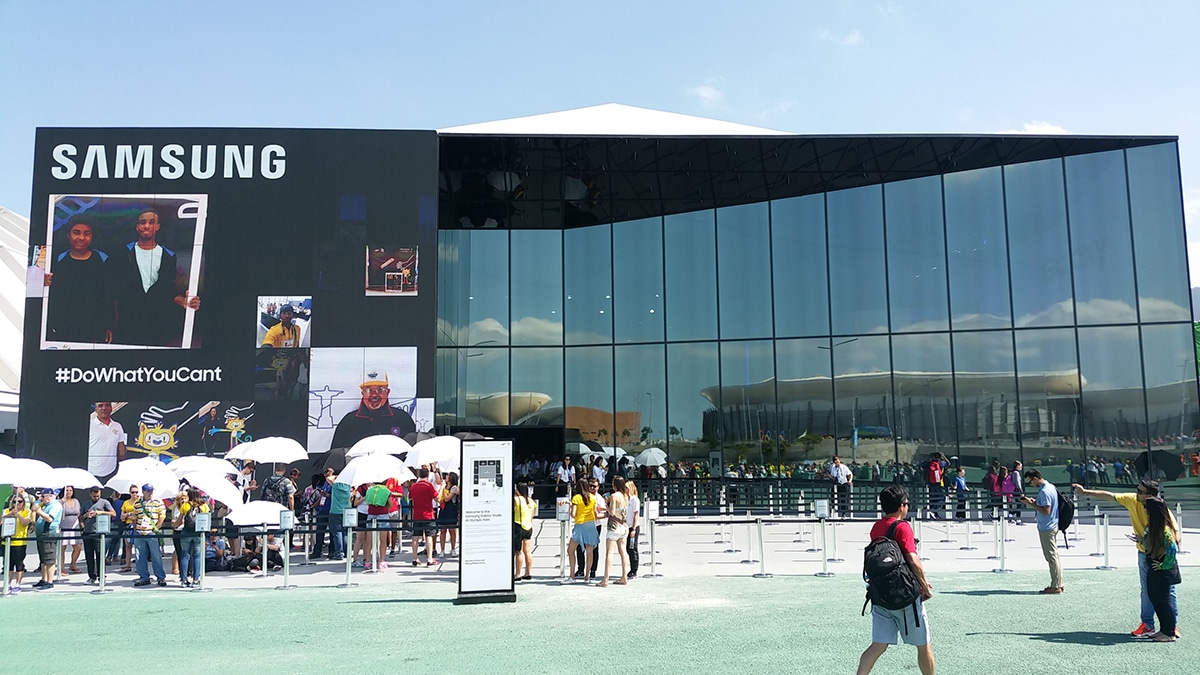Rio De Janeiro – A city of wonder
August 2016

August 2016

When visiting Rio De Janeiro three to four months ago as part of an Olympic project planning meeting I had no clear visible indication that the city was on the verge of hosting the world’s biggest sporting event… arguably the world’s biggest event, period. The Rio Galeão International airport on arrival seemed small and cramped with the usual long queues at passport control and no branding or signage welcoming visitors to the host city. The journey into downtown Rio seemed much the same with heavy traffic meaning there was plenty of opportunity to view all the advertising boards en-route into the city and also talk (in my best Braz’english) to the taxi driver. This journey shed no further light on the fact that the Olympic circus was coming to town in a few short months.
Along with the rest of the team, we’d arrived the week that the Olympic Torch Relay had started the first of its 95 days, covering some 20,000 kilometres across the country, and yet there seemed to be no mention of it in press or on the news. Were the rumours in the press of discontent and concern over what the people of Brazil, and Rio, in particular thought about the Olympic true? The commonly held perception in the media was that the Olympics was seen as an unnecessary drain of public resources and expenditure following the investment in the 2014 FIFA World Cup and the difficult economic circumstances that have prevailed in the country since then. Brazil’s economy over time has been one of boom or bust, in recent years it’s been grouped as one of the BRIC countries with Russia, India and China, yet over the past few months it has dipped back into uncertain times with a President in Dilma Rousseff called for impeachment for mis-appropriation of Government funds, amongst other charges.

Our first time in Rio during that first visit proved fruitful. A team was recruited and selected, largely drawn from one of the best universities in Rio. A group of highly educated and very driven students, some more keen to welcome the world to Rio than others, but all committed to their own professional advancement and develop their language skills in a country where only 3% of the population speaks English.
Fast-forward to this week and I have just returned from Rio after a wonderful, colourful, exciting few days in a city that has come to life with each day that the Olympics has passed. On arrival this time, the airport could not have been more different. Volunteers, ‘Games Makers’ (ref 2012), welcomed passengers off the plane and guided them through the airport. There was a clear sense of excitement and pre-vailing optimism in the air as teams from OCOG (the Organising Committee of the Olympic Games) processed accreditations for athletes, support staff and workers involved in the Games. Even on that first night arriving in the city when the Brazilian Women’s football team beat Australia on penalties there was a clear sense that perhaps the Cariocas (people from Rio), were warming-up to being hosts.
I anticipated that my first journey to the Olympic Park on public transport might be a challenge as I needed to navigate my way out to Barra da Tijuca, some distance from the centre of Rio. How wrong I was. More Games Makers at each station, clear signage guiding spectators to the several Olympic venues dotted around the city and dedicated services to the key transport hubs. The Metro (underground) and BRT (buses), were spotlessly clean, regular, importantly air-conditioned given the 30°+ temperatures and fast – a challenge given the considerable traffic that prevails day or night across Rio. The city was fast winning me over both in terms of how I had been welcomed and just how easy it seemed to be to get around. A considerable armed forces, National Guard and police presence across the city, also helped to quell any sense of pre-visit unease.
The Olympic Park is home to all manner of sports including the velodrome, home to so much Team GB success and the tennis arenas, the scene of Andy Murray’s retention of his title, amongst others. Arguably, the biggest shame is that the Olympic Stadium, which hosts the athletics programme, was also not located in the Olympic Park itself as it had been in London. The atmosphere and excitement of the Olympic Park was palpable, especially then the hosts were playing any sort of sport and it got busier by the day as the visitors streamed through the gates in their thousands to catch a glimpse of some sport, any sport. The Olympic Stadium located away from the main Park itself had been constructed for the Pan-American games in 2007 and it looked a little tired it’s fair to say. I was lucky enough to visit on both Saturday night to see the gold, silver, bronze performances by the Mo Farah, Jess Ennis-Hill and Greg Rutherford triumvirate and moreover on Sunday night to see Usain Bolt secure his third and final successive 100 metre titles. The atmosphere on Sunday night was spine-tingling, but I couldn’t help but feel that had it been in the Olympic Park, it would have been truly special for those spectators inside and outside the stadium. Understandably however, given the wave of public opinion, the Rio Games organisers perhaps felt that another stadium of such a scale would have been a step too far.

So to the inevitable commercial side of things, and the Olympics are a powerhouse in this area. What brands were present and how were they engaging fans? Leading the way in terms of presence are Samsung, Bradesco (Brazilian bank), Nissan, Coca-Cola and Skol (beer). Samsung has a series of Showcase Studios across Rio, both in the Olympic Park and around the city giving fans the chance to experience the latest in their products from VR to wearables and they’ve done a fine job. Members of the public were queuing for some 60-90 minutes to access the main Samsung Showcase in the Olympic Park giving an in-depth and engaging brand experience that lasted up to 45 minutes (shorter experiences were possible including the fantastic 4D VR rollercoaster). Nissan and perhaps surprisingly Coca-Cola failed to hit the mark in my opinion. The Nissan activation points seemed very corporate, very vanilla and simply not engaging. Perhaps the fact that all Rio2016 vehicles driving around the city with branding on gives them enough visibility, however, from a fan point of view, it was limited at best. The same can be said for Coca-Cola – after their activations leading up to and throughout London 2012, I had high expectations, but these were not met with tried and tested photo interactions failing to capture the imagination. The purist sports fans might say that the Games if not for commercial Games to exploit, however, in our industry, where brands invest so heavily in sponsorship properties, they surely should look to amplify their presence through engaging and meaningful experiences, adding value to the Olympic Game atmosphere.
The IOC (International Olympic Committee) are hot on ambush marketing so whilst some would say that brands such as Underarmour continue to score highly from a visibility and brand recognition perspective, there is simply no opportunity for and live activations by brands not directly associated with the Olympic Games in a commercial capacity.
This is the second Olympic and Paralympic Games that Purity has been involved in as a company and that I am fortunate enough to have visited – I’m hooked, it’s as simple as that. I’ve always been a sports fan, but the Games are special. Clichéd as it may be, the sport and the sheer spirit of the Olympic and Paralympic Games truly unites nations and individuals either as participants or spectators. The Olympics is a brand experience in its own right and it’s one that creates world superstars, lifelong moments and emotions that can bring the most ardent of armchair sports fans to their feet. So let’s celebrate what 2016 delivered and look ahead to Tokyo 2020.
Rob Quinn – Managing Director – Purity